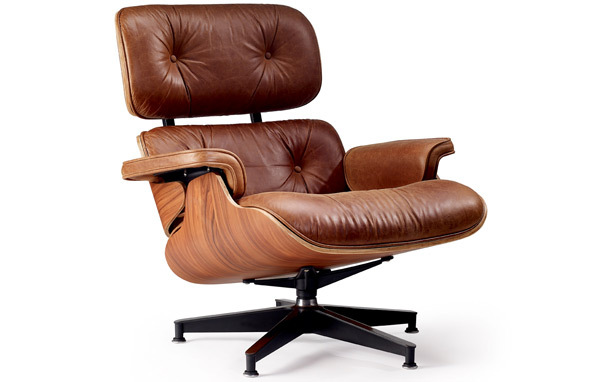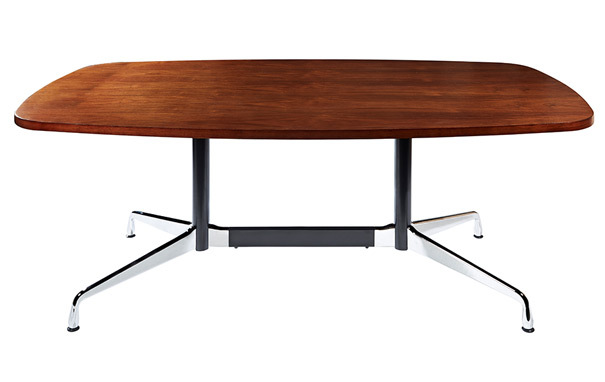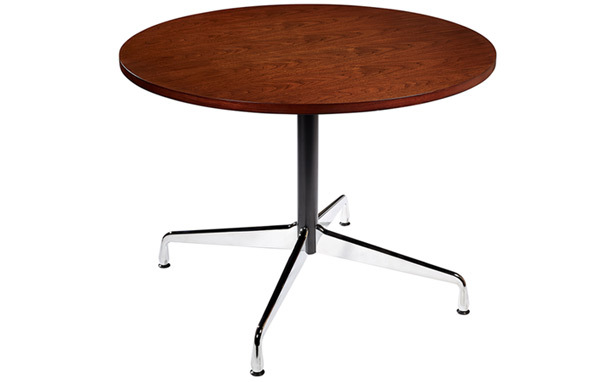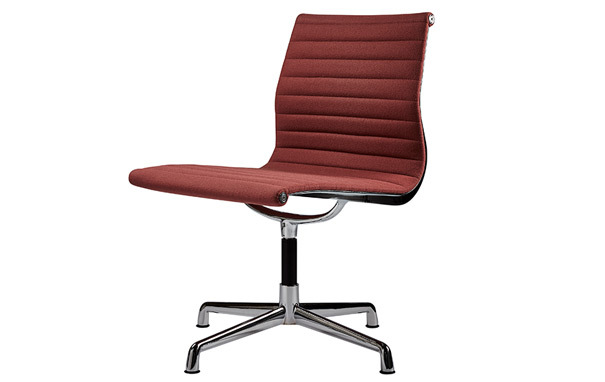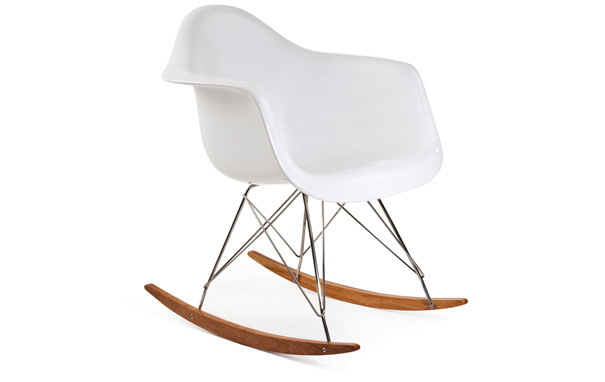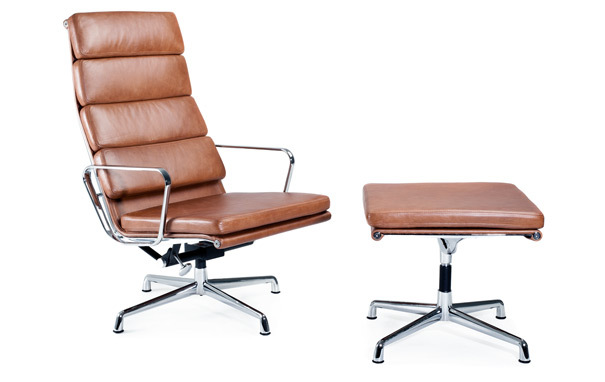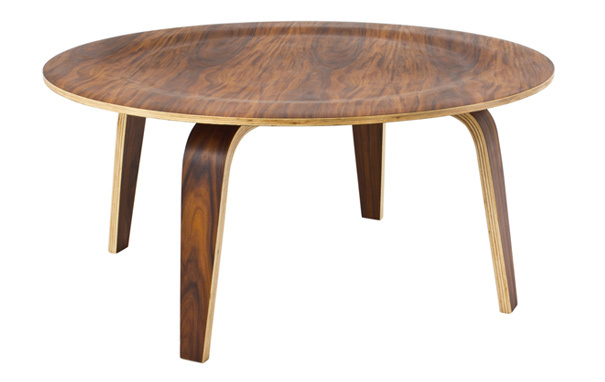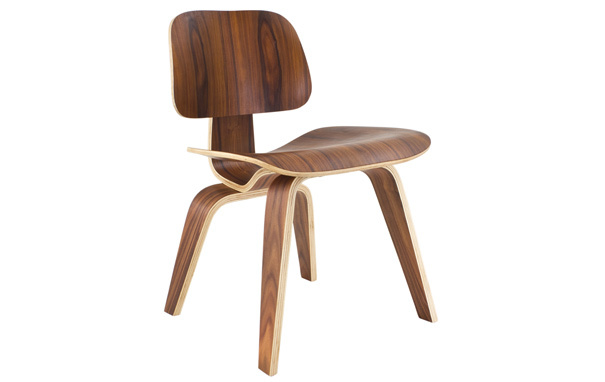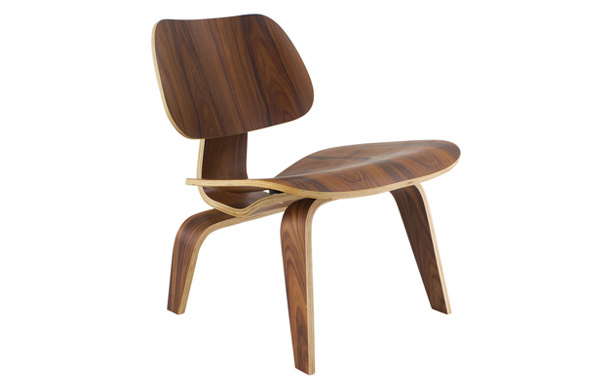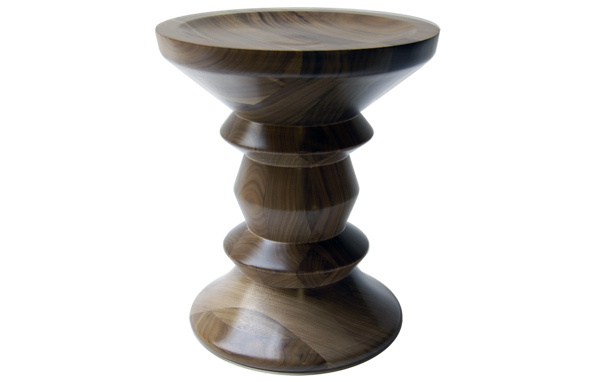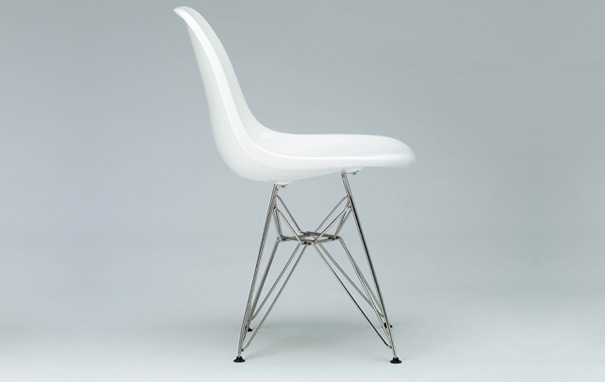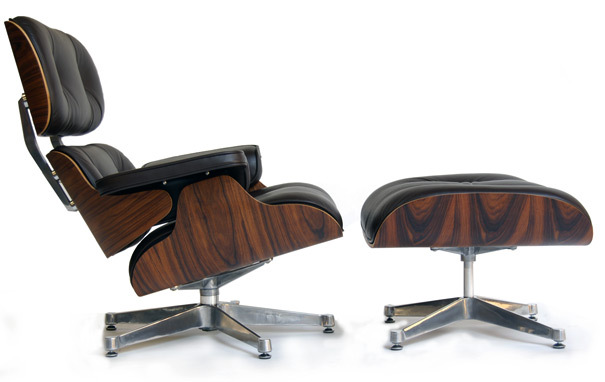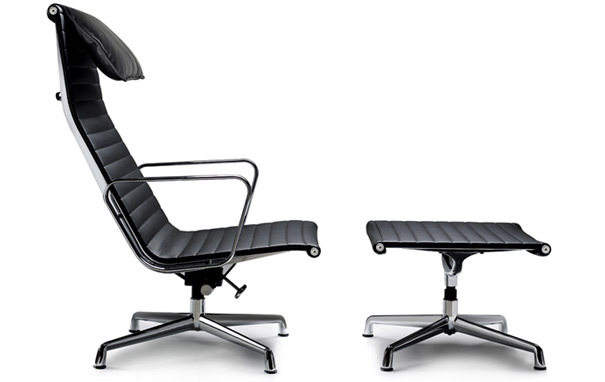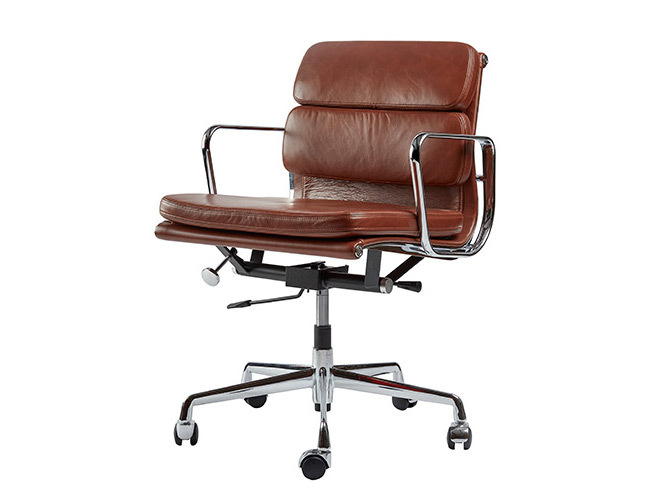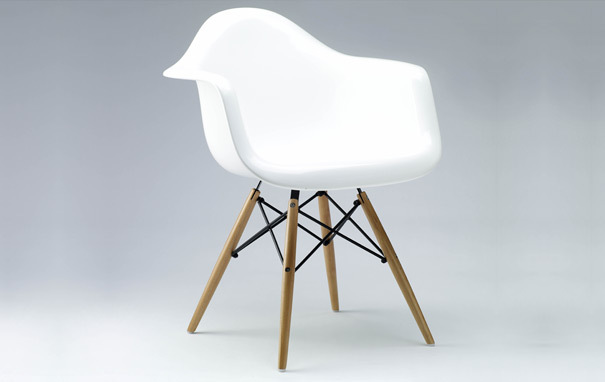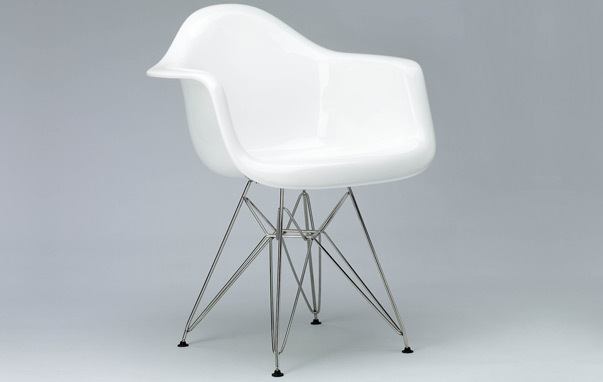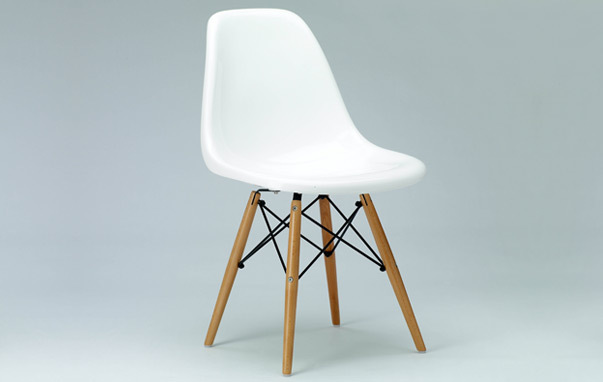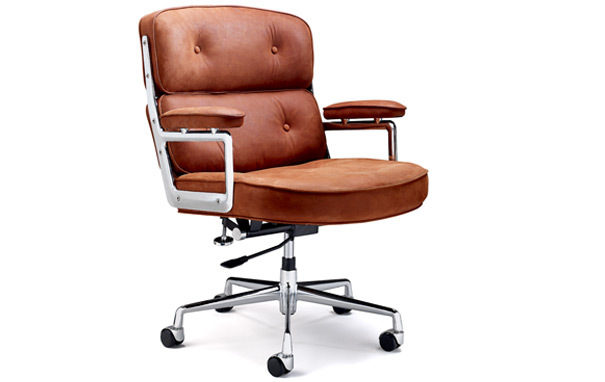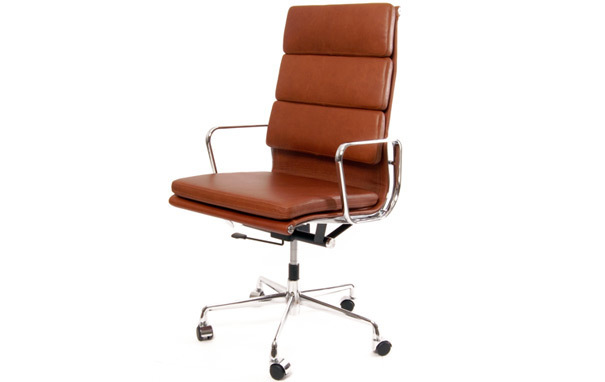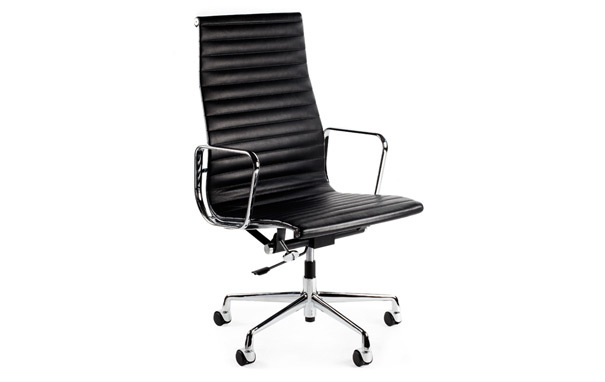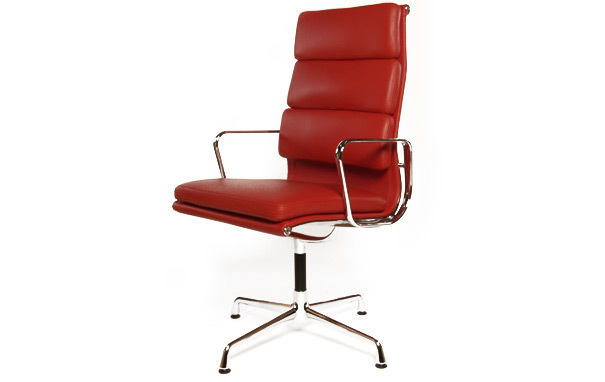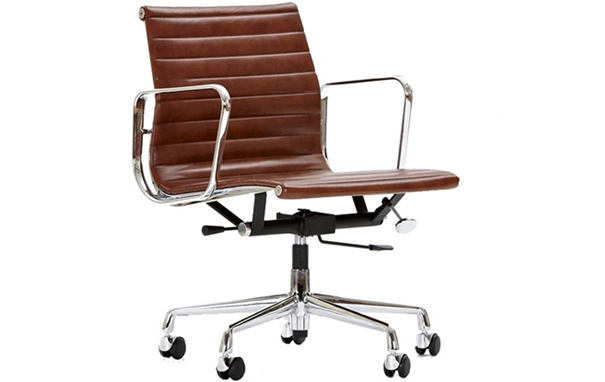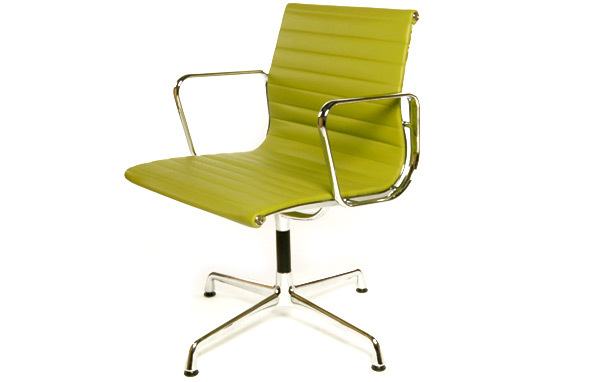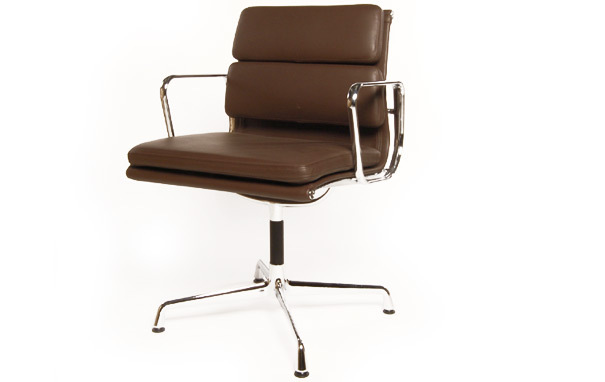Charles and Ray Eames
Charles: 17th June 1907 – 21st August 1978. Ray: 15th December 1912 – 21st August 1988
Charles and Ray Eames are two of the most well-known and highly-respected designers of the twentieth century.
They defined the “mid century modern” style of furniture, with their organic, innovative designs, extendeding their considerable influence to architecture, exhibition design, photography, film-making, and manufacturing.
Before they even met, Charles and Ray had been laying the groundwork for their unique, and hugely influential style of design. Charles’ keen interest in contemporary architecture was getting him kicked off Washington University’s architecture course (because “his views were too modern”), and Ray was busy studying painting with Hans Hofmann.
Demonstrating a fascination with materials that would continue for the rest of their lives, Charles and Ray set up a small workshop in the spare room of their rented apartment, installing a machine affectionately referred to as “Kazam!”
Charles smuggled wood and glue home from his day job as a set architect for MGM, and together he and Ray set about creating a prototype moulded plywood leg-splint.
Before long, they had an order for 5,000 splints from the U.S. Navy, and they moved their workshop out of the spare room, and into some rented offices.
The rest is the stuff of legend. Their good friend Harry Bertoia, the head of design at Herman Miller (and no slouch at furniture design himself), convinced his employers to manufacture the Eames’ Moulded Plywood Chair – an excellent decision given that it has since been described as “the chair of the century.”
Then there was the Case Study House #8, which is considered one of the most influential post-war residences in the world, and the exhibition “Mathematica: a world of numbers... and beyond.” Designed for IBM in 1961, it's still going strong today, and is considered the model for all popular science exhibitions.
They even managed to find the time to fit in over eighty short films, some of which (such as “The Power of Ten”) are as noteworthy as their architecture, furniture, and exhibition designs.
Many consider Charles’ and Ray’s crowning glory to be the Eames Lounger and Ottoman, designed in 1958. Throughout the 60s and 70s, no CEO’s office was complete without this pinnacle of executive opulence, and it has since gone on to become a standard of chic domestic residences worldwide.
The Eames’ love of materials and technical ingenuity shines through in every single one of their designs, as is their willingness to spend years perfecting a design.
Genius takes its time, but the final product is worth every second.

